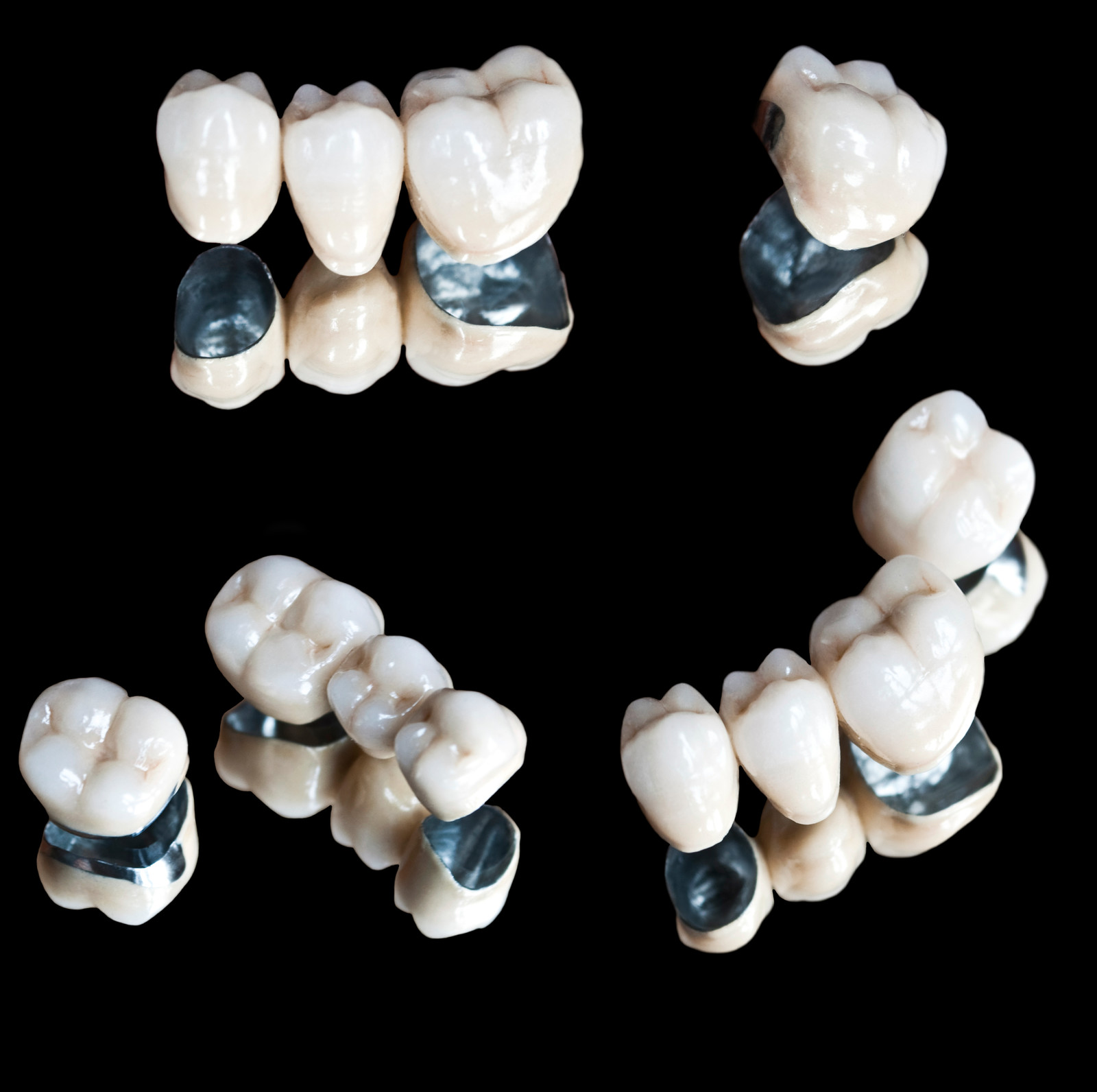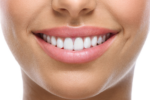
The goal of restorative dentistry in Fairview is to replace or repair missing or broken teeth. These procedures enhance the function and health of the mouth. Bridges, crowns, and implants are examples of common dental restorations.
Common Restorative Dentistry Procedures
Dental restorative dentistry near you comes in a variety of forms, depending on your particular oral health requirements:
Dental Fillings
A cavity develops when bacteria eat through your tooth enamel and create a hole. Dental fillings are typically used to treat smaller cavities. Your dentist will remove the decayed area of your tooth during this operation, then replace the hole with a composite material that matches the color of your tooth. This slows the spread of tooth decay and lowers the possibility of further harm.
Dental Crowns
Dental crowns are used by dentists to fix big cavities and fractured teeth. A crown, which is often referred to as a cap, covers your entire tooth. Your dentist will need to remove some of your natural tooth enamel in order to place a crown. Therefore, they will modify your teeth (shave a portion of them down), then cover them with a crown.
Dental Bridges
A single lost tooth or a row of missing teeth can be replaced by a dental bridge. Dental crowns are placed on either side of artificial teeth to form a bridge. Your natural teeth on either side of the gap will be altered (reduced) by your dentist. The bridge will then be bonded to your natural teeth. Your natural teeth are covered by crowns, while artificial teeth fill in the spaces between them.
Dentures
Dentures are yet another conventional form of tooth replacement. An entire arch of lost teeth is replaced by full dentures. Multiple lost teeth in various locations are replaced by partial dentures. Your jawbone supports dentures since they lie on top of your gums.
Dentures supported by implants are another option. These devices resemble conventional dentures. Though they rely on dental implants instead of using your gums as support. Compared to traditional dentures, this gives a lot more stability.
Dental Implants
A dental implant is a tiny, threaded rod that replaces the tooth root. The implant will work just like a natural tooth once your dentist in Fairview connects a crown to it. Dental implants can be restored by your dentist using bridges, crowns, or even dentures. Implants don’t include changing your original teeth, unlike conventional crowns and bridges. Implants are considered the gold standard for tooth replacement by many dentists.
The Importance of Proper Dental Care
Dental hygiene is crucial for a number of reasons.
- Prevention of gum disease and other oral issues including cavities
- Oral cancer and other disorders that can be detected early
- Upkeep of dental hygiene and fresh breath
- Keeping health teeth and preventing tooth loss
- Benefits for overall health
- Aesthetic and self-confidence improvements
You can maintain a healthy smile and overall well-being by maintaining proper oral hygiene, going to the dentist near you frequently, and taking care of dental issues as soon as they arise.
Conclusion
Small fillings and dental implants can be used to replace missing teeth as dental repair treatments. Understanding which tooth needs what kind of treatment is crucial to maintaining its functionality.
Book a consultation with one of our experts today if you want to find out which restoration procedure is ideal for you. Contact Fairview Dental Clinic today!
FAQ
1. What is restorative dentistry, and how is it different from cosmetic dentistry?
In order to improve dental health and function, restorative dentistry focuses on restoring teeth that have been broken, lost, or damaged. It treats problems with oral health such as gum disease, fractures, and tooth decay. The primary goal of cosmetic dentistry, as opposed to treating oral health problems, is to improve the appearance of the teeth and smile. It covers treatments including veneers, dental bonding, and teeth whitening.
2. How do I know which restorative dentistry treatment is right for me?
Keep in mind that the suggested course of action may vary depending on the degree of damage or decay, the health of the adjacent teeth and gums, your overall dental health, and your financial situation. To make sure you fully comprehend the available treatment options and their potential effects, it’s crucial to discuss any concerns or questions you may have with your dentist.






